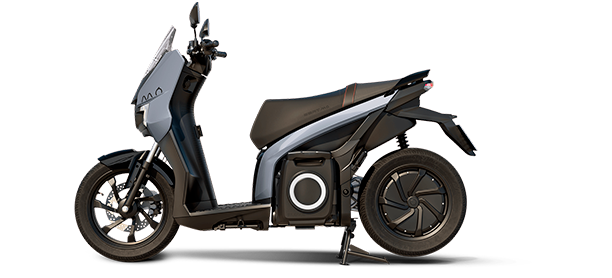Modeller
Modeller
Alla modeller
Halvkombi
Kombi
SUV Crossover
Laddbar
Mobilitet
Köpa & Köra
Köpa & Köra
Äga
Äga
SEAT for Business
Om SEAT









